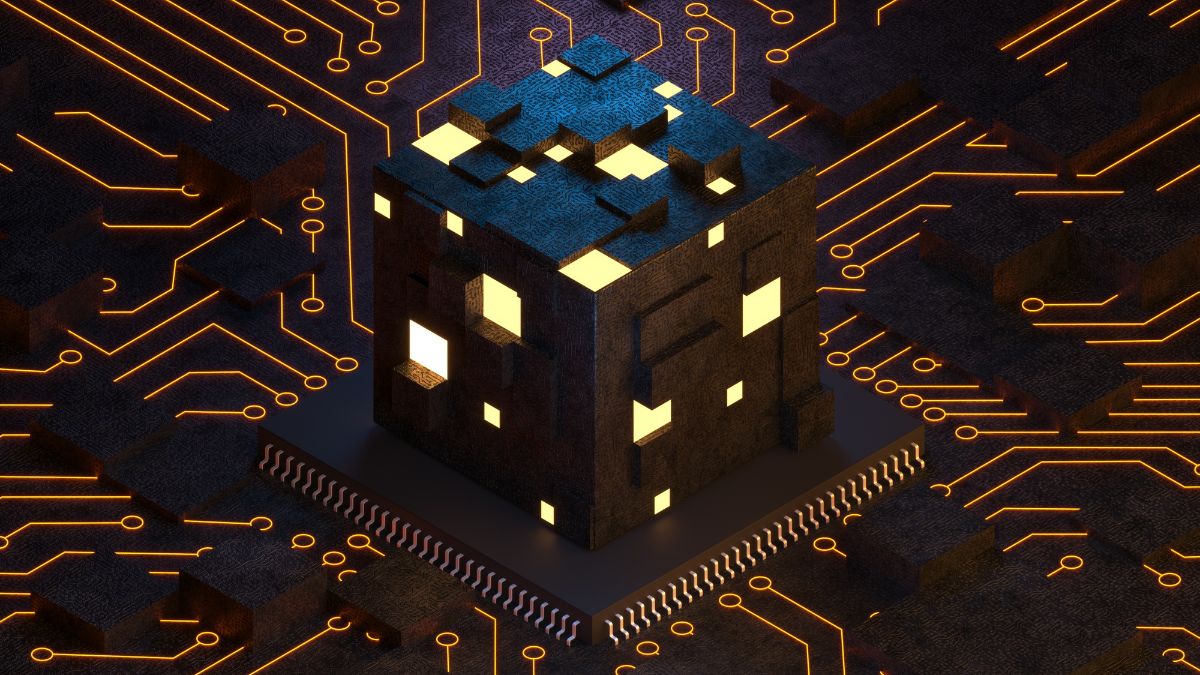In this digital era, innovative blockchain technology is transforming the finance world. But one concept that has garnered significant attention in this evolving world of cryptocurrencies and blockchain is asset tokenization. Why? It’s believed that tokenizing real-world assets will revolutionize how they are managed and their ownership is transferred.
Recently, Polymesh’s POLYX has taken over the blockchain market by storm, and for a good reason. It aims to disrupt existing asset classes by offering investors and asset owners a platform for asset tokenization.
Acting as the fuel of Polymesh, POLYX is a permissioned blockchain. That means transactions can only be validated by authorized participants. Experts believe that POLYX is revolutionizing real-world asset tokenization. But the question is how? Let’s discuss that.
The Basics of Real-World Asset Tokenization
When you create a digital representation of real-world assets, such as real estate, precious metals, fine arts, or intellectual property, on a blockchain, the process is known as real-world asset tokenization. As these tokens are stored on a blockchain, it enables a transparent and secure transfer of ownership without requiring intermediaries.
Besides allowing for easy and efficient trading of assets, asset tokenization ensures verification of ownership quickly.
Now, the benefits of tokenizing real-world assets are many. If you’re an investor, tokenization will open up an array of investment opportunities. How? Through fractional ownership, investors can invest in high-value assets with limited capital, which otherwise would be out of reach.
Asset tokenization also increases liquidity, as investors can purchase and sell tokens fast and efficiently.
On the other hand, asset tokenization allows asset owners to tap into a wider pool of investors. That means people from different countries can invest in digital tokens.
Introducing POLYX
At the forefront of digital asset custody is Polymesh’s POLYX. Polymesh, an institutional-grade permissioned blockchain built exclusively for regulated assets, launched POLYX to allow asset owners to create and manage security tokens. This cutting-edge blockchain platform has revolutionized the tokenization of real-world assets by addressing the challenges of compliance faced by blockchains like Ethereum.
Polymesh’s POLYX tackles this challenge by bringing technology into the traditional asset market. Built with investors, issuers, and regulators in mind, POLYX aims to provide a prototype network that meets the industry’s needs for identity, compliance, governance, confidentiality, and settlement.
Having said that, here’s a quick rundown of the key pillars of POLYX, which are transforming the tokenization of real-world assets:
1. Robust Security
On most public blockchains, token holders do not enjoy complete anonymity, as anyone can observe their holdings. While layer-2 protocols can be leveraged to keep transactions confidential along with balance, meeting compliance, and ownership requirements will be impossible.
In regard to security, POLYX is a step ahead of its competition. Polymesh’s POLYX allows asset owners to hold assets and transfer them through zero-knowledge proofs. Besides the quality and price, you can maintain the confidentiality of the type of asset transferred, allowing you to maintain a private portfolio.
What’s more? On POLYX, you can allow trusted individual audit rights to view the details of transactions without compromising those transactions’ secrecy or divulging other secrets, like asset spending or cryptographic private keys.
2. Improved Compliance
The compliance requirements landscape is dynamic in blockchain technology. Not only does this create further complexity, but it also necessitates the use of proprietary systems with automation elements. Still, manual intervention continues to be an indispensable part of compliance systems.
POLYX relies on thorough automation to improve compliance issues. Besides lower protocol fees, this allows for faster processing of transfers. As an issuer, you can set flexible rules to automate rule enforcement, minimizing the need for approval, both manual and semi-manual, for individual transfers.
You can modify or combine rules depending on the type of asset, regulatory regime, and jurisdiction.
Further, the Polymesh Unique Identity System (PUIS) has made it possible to implement on-chain compliance, as it repels the “Sybil” attack. But that won’t restrict you to one account. Thanks to the self-linking mechanism, you can manage multiple accounts.
3. Asset Valuation
When it comes to tokenizing real-world assets, determining their real value is difficult. But with POLYX, this task is simplified. How? POLYX determines accurate asset valuations using real-time market data, advanced algorithms, and expert assessments. As such, it minimizes information asymmetry, installing confidence in investors.
POLYX: The New Paradigm Has Simplified Real-World Asset Tokenization
Polymesh’s POLYX is all set to revolutionize the tokenization of real-world assets for investors and asset owners. Where other blockchains are struggling to tackle the issues of compliance and security, POLYX has resolved those through technology. As such, you can store and trade real-world assets through POLYX confidentially. Security is further enhanced by features like an identity model and a compliance engine. All in all, POLYX is a worthy platform for tokenizing your real-world assets.

